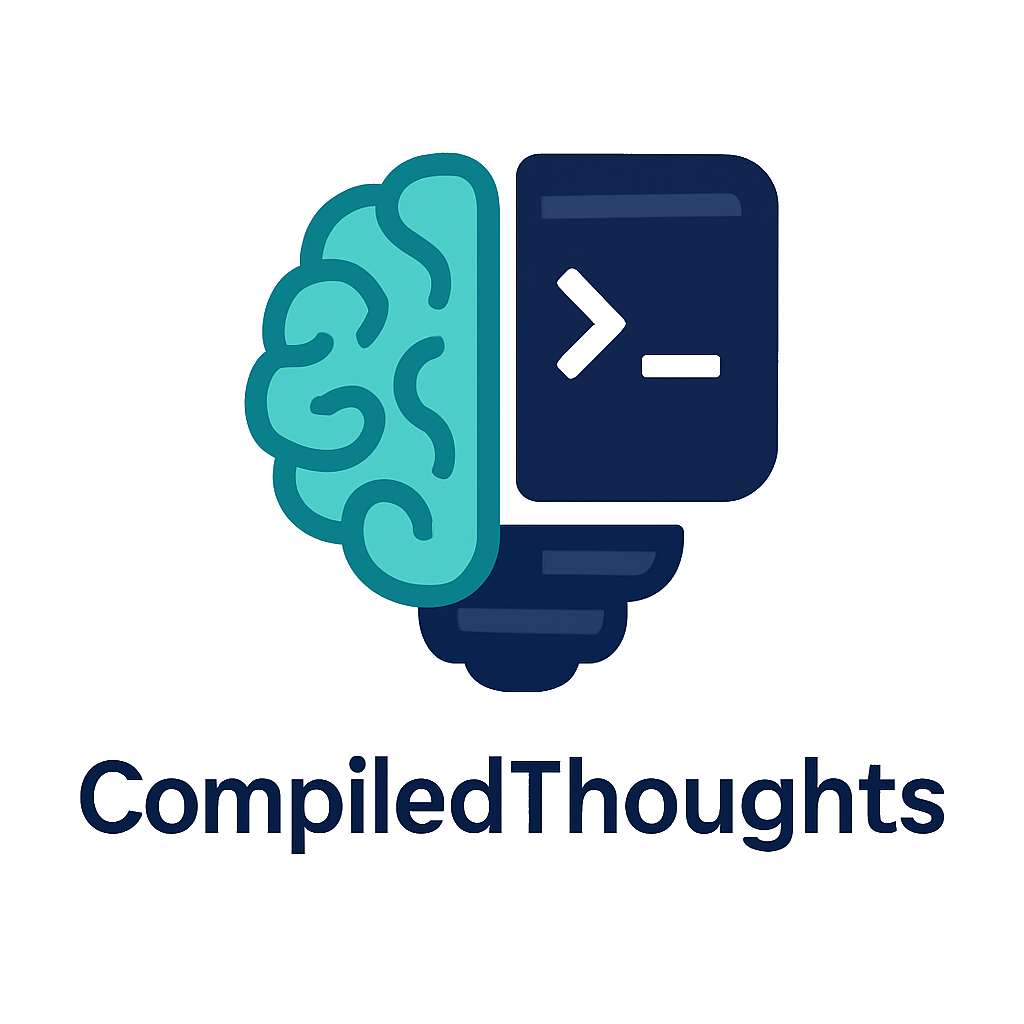In recent years, the term LLM, short for Large Language Model, has become increasingly common in conversations about artificial intelligence, software development, content creation, and even education. But what exactly are LLMs, and why are they so important?
Let’s break it down.
Understanding the Basics
A Large Language Model is a type of artificial intelligence (AI) that’s trained to understand and generate human language. It does this using deep learning, specifically a type of neural network called a transformer.
At their core, LLMs are trained on massive amounts of text data—everything from books and articles to websites and code repositories. This allows them to learn the statistical patterns of language, so they can:
- Predict the next word in a sentence
- Translate text between languages
- Summarize long documents
- Generate creative writing
- Answer questions
- Write code, and much more
Why Are They Called “Large”?
The “large” in LLM doesn’t just refer to the amount of data used in training. It also refers to:
- Model size: LLMs can contain billions or even trillions of parameters, which are the internal settings the model uses to make decisions.
- Training data: These models are trained on terabytes of data, far more than any human could read in a lifetime.
- Computational power: Training LLMs requires massive computing infrastructure, often using specialized hardware like GPUs and TPUs.
Examples of LLMs
Some of the most well-known LLMs include:
- GPT (Generative Pre-trained Transformer) by OpenAI
- Claude by Anthropic
- Gemini by Google DeepMind
- LLaMA by Meta
- Command R by Cohere
- Mistral (open-weight, small but powerful models)
Each of these models varies in size, capability, and purpose, but they all share a common foundation in transformer-based architectures.
What Can LLMs Do?
LLMs are incredibly versatile. Here are just a few tasks they excel at:
- Text generation: Writing stories, poems, essays, or emails
- Code completion: Assisting with software development (e.g., GitHub Copilot)
- Customer support: Automating responses and improving chatbot experiences
- Translation and transcription: Supporting multilingual communication
- Search and summarization: Finding and condensing information quickly
Limitations and Risks
Despite their power, LLMs are not perfect. They can:
- Hallucinate: Make up facts or give incorrect information
- Reinforce bias: Reflect or amplify harmful stereotypes present in training data
- Lack reasoning: Struggle with multi-step logic or tasks requiring deep understanding
As a result, responsible use and human oversight are crucial when deploying LLMs in real-world applications.
The Future of LLMs
LLMs are transforming how we interact with machines. They are being integrated into tools, browsers, search engines, office apps, and more. With ongoing research in areas like multimodality (handling images, audio, and video in addition to text), efficiency, and alignment with human values, the capabilities of LLMs will only continue to grow.
Conclusion
Large Language Models represent one of the most groundbreaking advancements in AI to date. They’re reshaping industries, accelerating innovation, and redefining how we think about communication between humans and machines. As we move forward, understanding what LLMs are—and what they’re not—will be essential for anyone interacting with modern technology.
